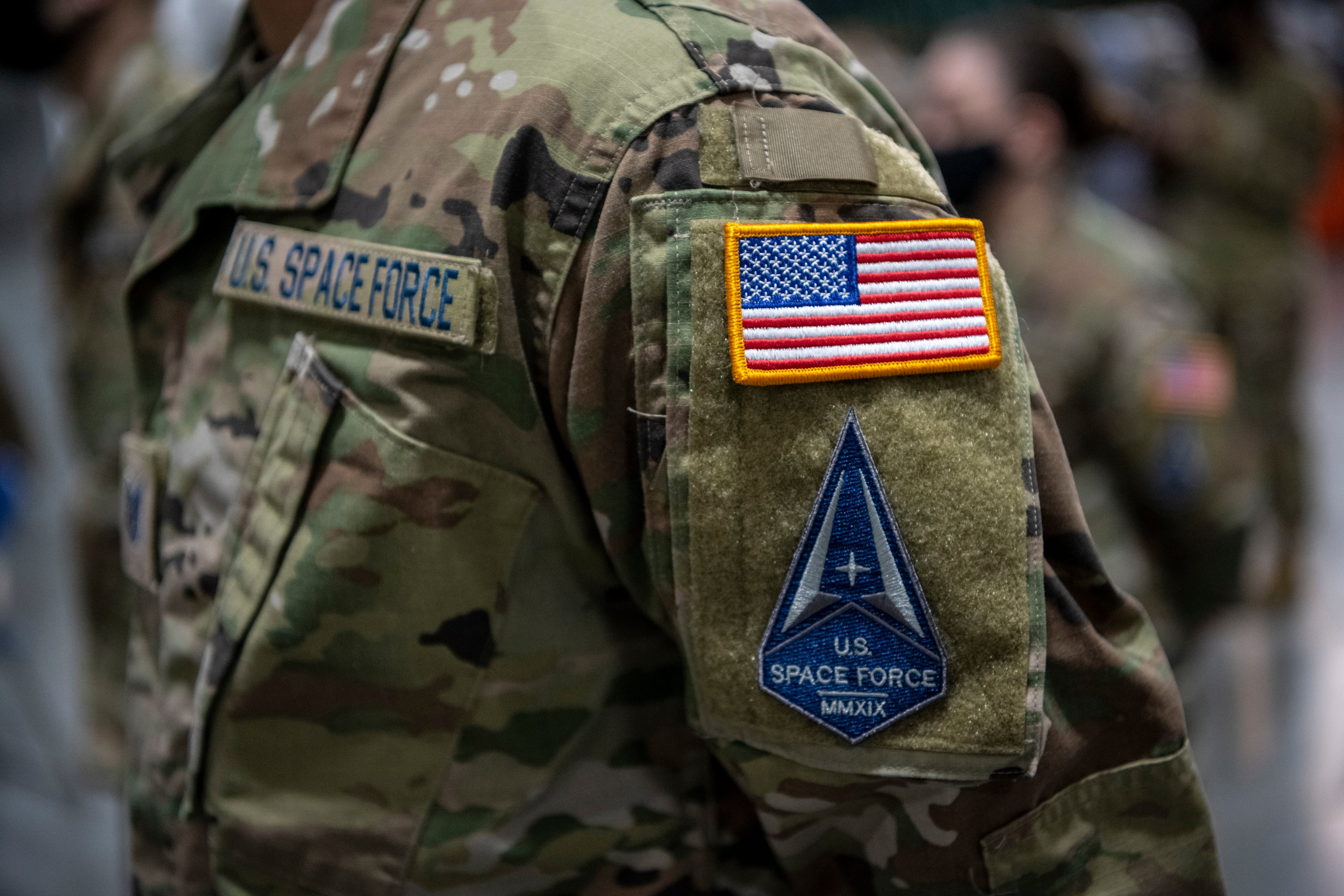The National Guard Association of the United States urged passage of bipartisan Senate legislation that would create a Space National Guard service under the Space Force, saying it can be done at much lower cost than previously estimated.
Introduced by Sens. Dianne Feinstein, D-Calif., and Marco Rubio, R- Fla., the Space National Guard Establishment Act is co-sponsored by Sens. Lisa Murkowski, R-Alaska, Kyrsten Sinema, I-Ariz., Alex Padilla, D-Calif., Michael Bennet, D-Colo., John Hickenlooper, D-Colo., Rick Scott, R-Fla., Mike Braun, R-Ind., and Marsha Blackburn, R-Tenn.
Rep. Jason Crow, D-Colo., plans to introduce companion legislation in the House, according to Feinstein’s office. Lawmakers considered similar legislation in the 117th Congress; the bill passed the House but never came to a vote in the Senate.
“Creating a new military component is not something Congress does quickly, especially without the blessing of Pentagon policy-makers,” said retired Brig. Gen. J. Roy Robinson, the NGAUS president, said in a statement. “A Space National Guard is the only efficient, inexpensive way to enhance our Space Force. It requires no new personnel, equipment or facilities — just new uniform name tapes and some new signs.”
The National Guard Bureau puts that one-time price at about $250,000, which would cover the full cost to move 1,000 space professionals in 16 Air National Guard units across eight states and territories to the new component. They now provide 60% of the military’s space electronic warfare capability, the only mobile, survivable missile-warning capability and 100% of the surge capacity.
Guard space units are in Alaska, California, Colorado, Florida, Hawaii, New York, Ohio and Guam.
Opponents of the plan cite a 2020 Congressional Budget Office report that “incorrectly” assumed every state and territory would have units in a Space National Guard that could total as many as 5,800 personnel at an estimated annual costs at nearly $500 million, Robinson said.
“The CBO totals are based on false assumptions developed without any National Guard input,” he said. “The Guard has never advocated a 54-state-and-territory Space National Guard. A Space Guard could grow beyond 1,000 personnel. But any expansion would be up to Space Force leaders.”
Nearly half of the Guard’s part-time space professionals work full time in civilian aerospace or other high-tech industries. Now they’re “orphaned” in the Air Force, a service no longer conducting space missions, Robinson said. All other Air Force space units have migrated to the Space Force.
“This complicates acquiring needed resources and professional development,” he said. “It will also likely drive many out of the military, which would be a great loss for the nation.”
The legislation corrects this misalignment, the bill’s authors say.
“A Space Force National Guard would save money because otherwise we will eventually have to replace the capabilities we have in the Guard today with new units created from scratch inside the Space Force,” Feinstein said in a statement. “A Space National Guard should have been created when Space Force was created. This bill fixes that mistake.”





